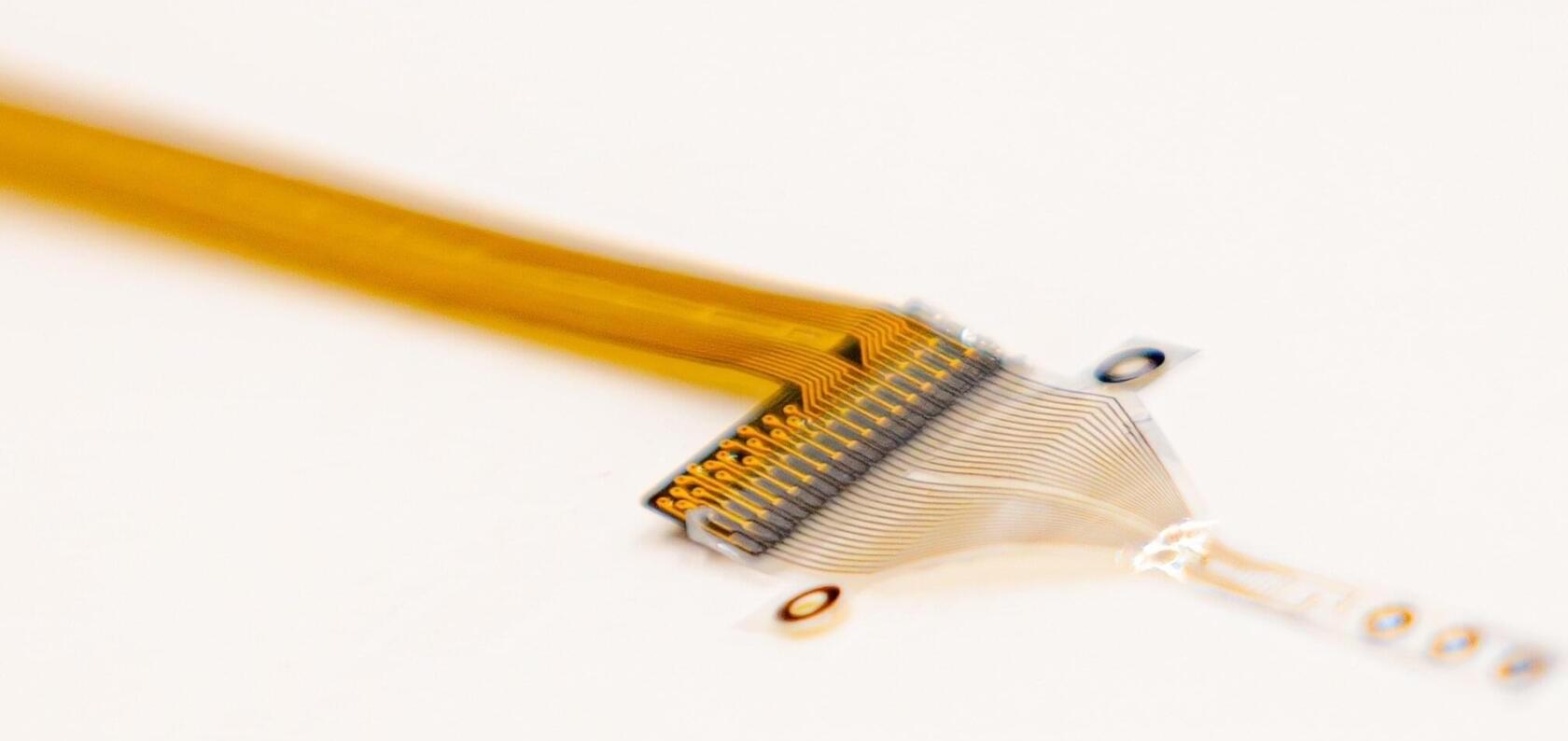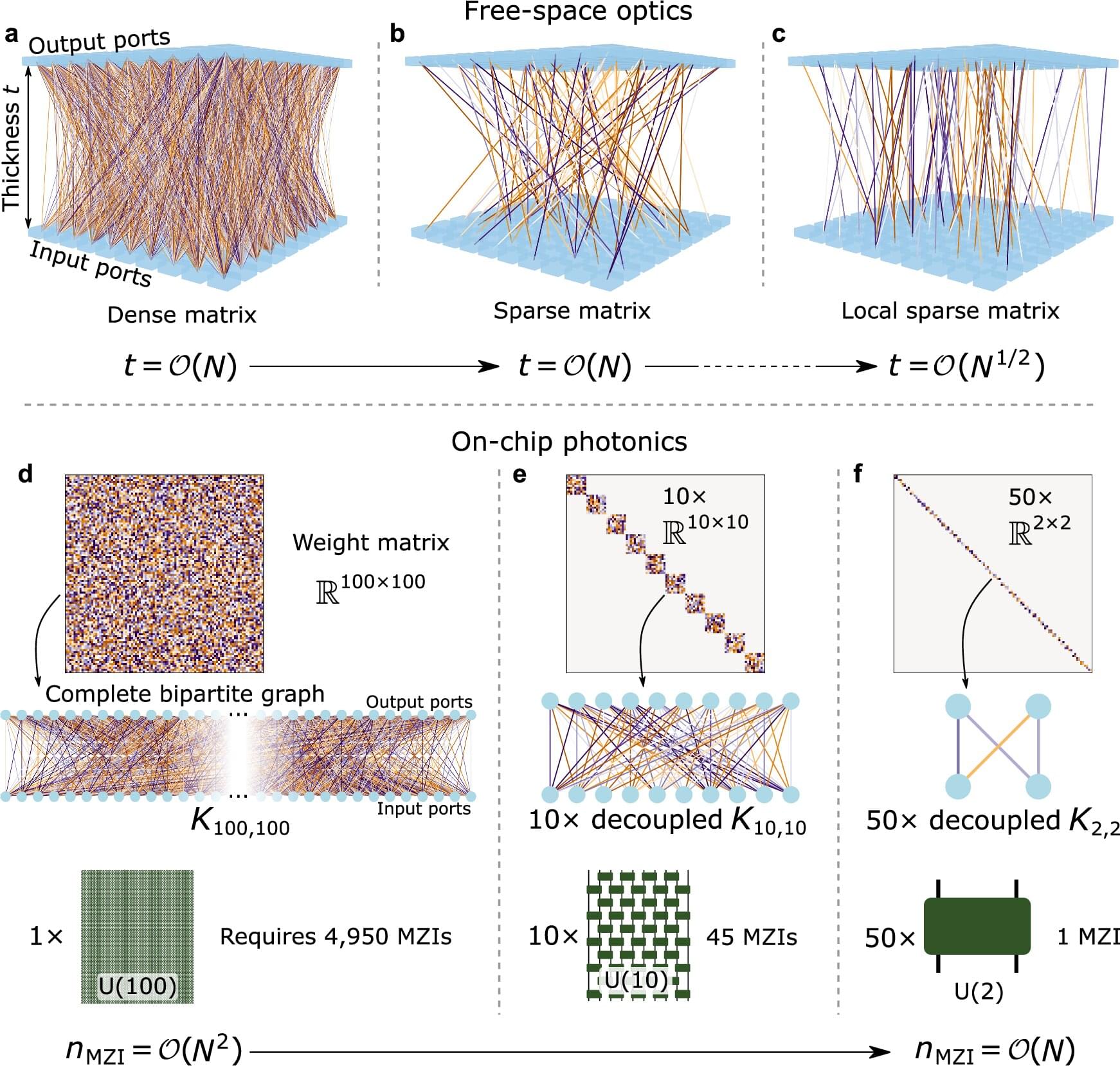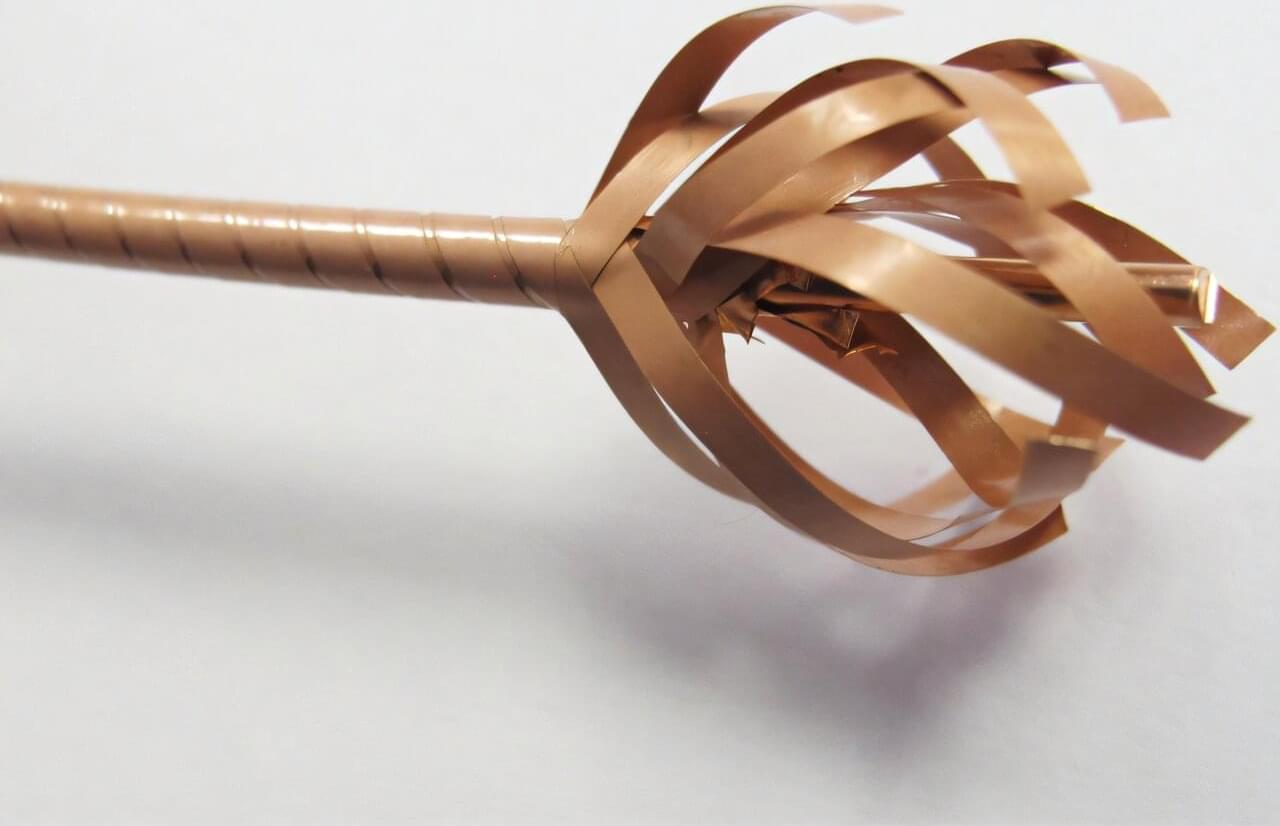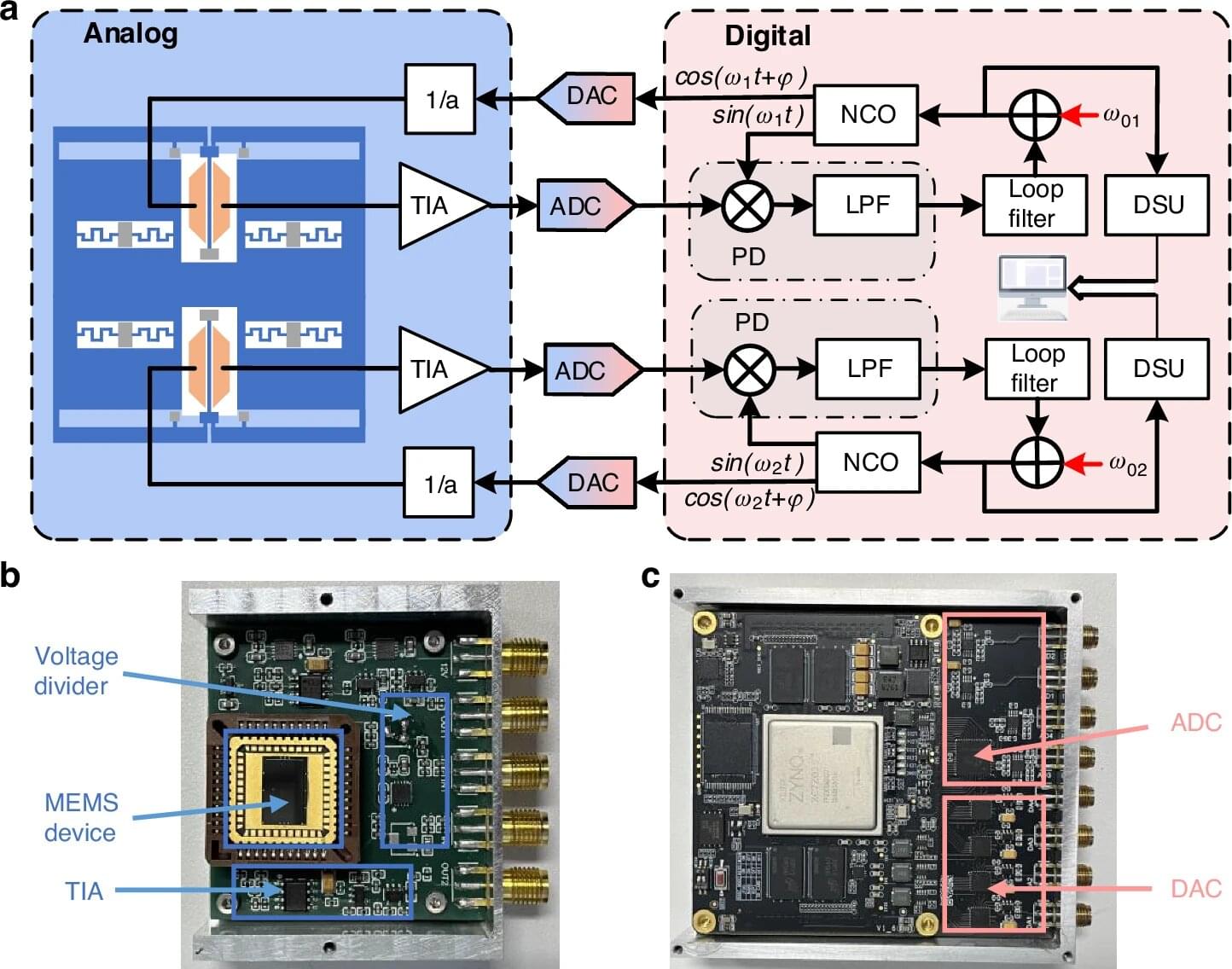Scientists have been able to measure the electrical signals in the “second brain in our guts” for the first-ever time, giving renewed understanding to its interconnection with the brain.
Researchers from the Department of Chemical Engineering and Biotechnology (CEB) and Department of Engineering at the University of Cambridge, and Thayer School of Engineering at Dartmouth have created a miniature device, thinner than the width of a hair, that can be placed between the layers of the colon to record these signals.
The device, a soft, flexible electronic implant, has been tested in rodents and pigs so far and works even in freely moving animals, detecting responses to various stimulants and physical pressure.





